11 August 2015
Iran's missile programme: the post-deal state of play
While the United Nations Security Council has unanimously endorsed the Joint Comprehensive Plan of Action (JCPOA) agreed on Iran’s nuclear programme, the treatment of the Iranian ballistic missile programme remains a contentious part of the long-term accord.
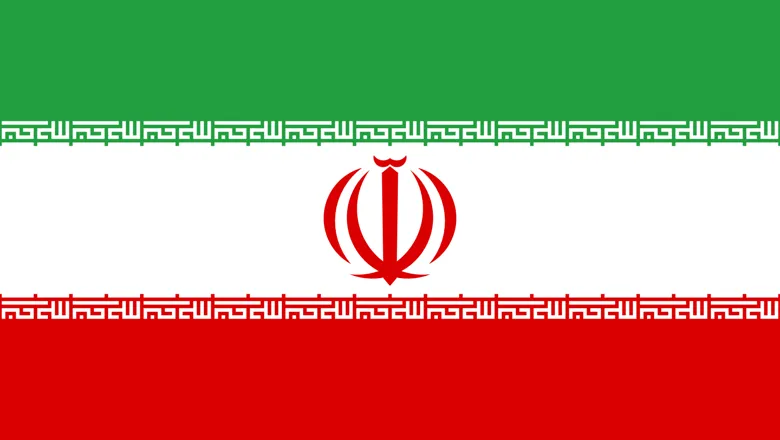
Although Iran resisted having its missile programme made a subject of the negotiations, the drafters of the JCPOA have included provisions that aim to limit Iran’s missile activities. As President Obama said at the negotiations’ conclusion, “Iran must abide by the deal before additional sanctions are lifted, including five years of restrictions related to arms and eight years for restrictions related to ballistic missiles”. Undersecretary of State for Political Affairs Wendy Sherman has stated that if the JCPOA is able to assure Iran’s inability to obtain nuclear weapons, their associated delivery systems become “almost irrelevant”.
Still, there are some thorny issues to be resolved with respect to how Iran’s missile programme will be treated by the international community under the terms of the JCPOA and United Nations Security Council Resolution 2231, which endorses the deal. This report aims to provide a state of play of the Iranian missile programme as it currently stands, in order to help inform considerations of whether future Iranian activity is consistent with – or in violation of – the terms of the JCPOA. It also provides an initial analysis of how the JCPOA and Security Council resolution 2231 will affect Iran’s missile activities, including procurement from abroad.
Iran’s ballistic missile programme
The Islamic Republic of Iran possesses one of the largest ballistic missile arsenals in its region, with multiple short- and medium-range systems, which it has developed and refined over the past decades. Recent capability development within Iran’s ballistic missile industry has apparently been slow, however. According to the Security Council’s Iran Panel of Experts’ most recent report, Iran has not for at least the past year unveiled or tested new types of ballistic missiles, nor has it conducted any known medium range ballistic missile tests.
Analysing Iran’s ballistic missile programme has always been a challenge as it has not been subject to the same level of transparency as the country’s nuclear activities. Most information comes from observations of tests and launches, as well as static displays of actual hardware and facilities.
Which of Iran’s missiles are nuclear-capable?
Iran is not known to have ever fielded a missile equipped with a nuclear warhead. Nor is Iran known to have undertaken any research and development of a nuclear warhead for a missile since prior to 2004, when elements of Iran’s military reportedly conducted design tests to fit a nuclear warhead inside a Shahab-3 ballistic missile. (This work is considered to have been halted by Iran’s Supreme Leader in late 2003.) Yet certain of Iran’s missile platforms are capable of lifting a payload sufficient to carry a nuclear warhead, were Iran to develop one. According to the Security Council’s Iran Panel of Experts, the Sejil and Shahab/Ghadr classes of missiles are believed to be ‘potentially capable of delivery of nuclear weapons.’
Sejil (Ashura) Missile
The first variant of Iranian ballistic missile considered potentially capable of nuclear weapons delivery is the Sejil, also known as the Ashura. This is the Islamic Republic’s longest-range solid-fuelled, two stage ballistic missile with a range of about 2.,000km Though the last reported Sejil test was carried out in 2011, there has been some evidence of continued development since then. This includes the display of a number of Sejil transport erector launcher (TEL) vehicles during a 2013 military parade (see figures 1 & 2 below).
There is little reliable information available on the current number of operational Sejil missiles in Iran’s arsenal. The development of this missile indicates that future Iranian plans for medium-range missiles could focus on solid-fuel systems. This stems from the inherent advantages of solid-fuel propulsion, which allow for more compact missiles which can be deployed with relative ease from mobile launchers.
Figures 1 & 2: Sejil missile transporter erector launcher vehicles at a military parade in May 2013
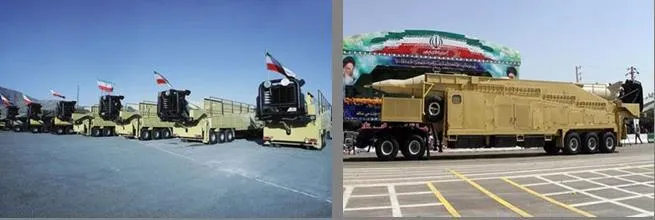
Shahab and Ghadr Missiles
The Shahab liquid-fuelled missiles have long been at the heart of the Iranian ballistic missile programme. The Shahab series is based on the North Korean No Dong and Russian Scud systems. The original Shahab-1 has a range of 300km. The Shahab-2 has a longer range of about 500km, and the medium-range Shahab-3 has a range of about 1300km. Additional variants of the Shahab-3 (the Shahab-3B, 3C and 3D) have been developed with improvements to range and precision.
Figure 3: Shahab-3 missile on transporter vehicle in 1999
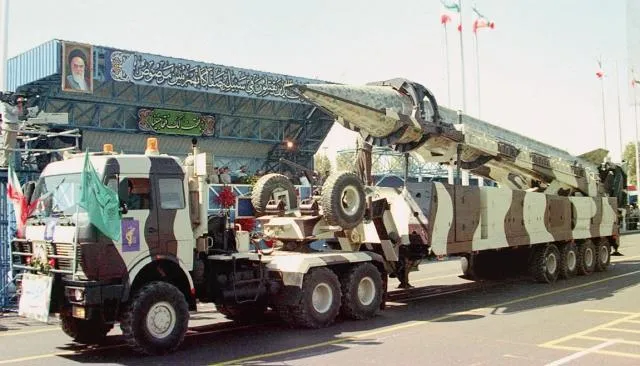
The Ghadr is a variant of the Shahab-3 with a longer range still – estimated to be 1600km. This range still classifies it as a medium-range missile, though it is believed to have a higher manoeuvrability than previous variants. It carries a smaller payload and uses a triconic aeroshell geometry for its re-entry vehicle that provides greater aerodynamic stability (see Anthony Cordesman and Bryan Gold, The Gulf Military Balance: The Missile and Nuclear Dimensions: Volume II of CSIS Reports, Rowan & Littlefield (2014), p.31). These features are enough to classify the Ghadr as a separate missile from the Shahab family.
Figure 4: Ghadr missile on transporter vehicle
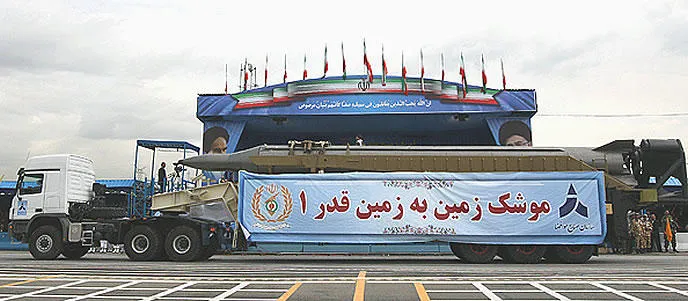
Iran’s space launch vehicle programme
On 2 February 2015, Iran reportedly launched an experimental satellite (Fajr) into Earth orbit using what has been assessed as a two-stage Safir-1B space launch vehicle (see Figure 5). The Safir-1B is derived from the Shahab-3 ballistic missile. In the view of the Security Council’s Panel of Experts, this launch was not aimed specifically at the development of a ballistic missile capable of delivering nuclear weapons, but could contribute to developments in this area.
Another launch vehicle, the Simorgh, a reportedly two-stage liquid-propellant vehicle capable of launching heavier objects into higher altitudes was displayed in February 2010 but is not yet in operational use. In addition, a new missile launch site near the city of Shahrud was identified in 2013. The Panel of Experts has agreed with analysts in stating this site near Shahrud is more likely to be used for testing ballistic missiles, rather than for launching satellites into orbit.
Figure 5: Safir 1-B space launch vehicle, February 2015
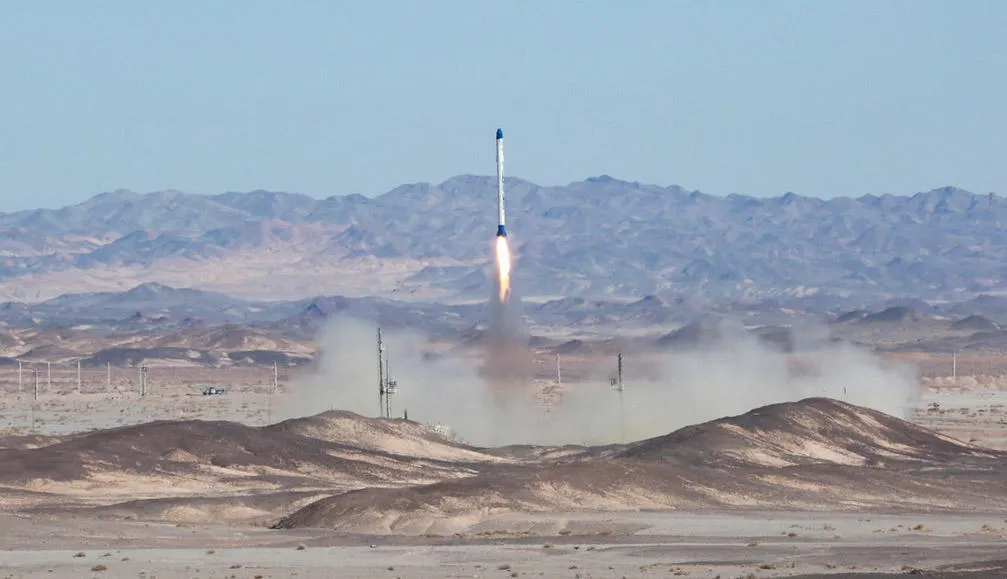
How the JCPOA and UN Security Council Resolution 2231 affect Iran’s missile activities
Security Council Resolution 2231 places a number of restrictions on Iran’s own activities relating to ballistic missiles, as well as on other states who might want to engage with Iran in this area.
Testing, development and launches
Paragraph 3 of Annex B of resolution 2231 calls upon Iran to not undertake any activity ‘related to ballistic missiles designed to be capable of delivering nuclear weapons’, including launches, until the International Atomic Energy Agency gives Iran a clean bill of health from a nuclear safeguards perspective or in eight years’ time, whichever comes first (a milestone known in the JCPOA as ‘Transition Day’).
This clause could cause problems. As seen above, Iran already possesses two missile variants which the Panel of Experts has assessed as suitable for potential nuclear delivery vehicles, although a compelling case could be made that these are not specifically designed for this purpose. Iran’s Foreign Minister Javad Zarif has already made clear that Iran will adopt the latter interpretation – that none of its existing ballistic missiles were designed to be nuclear capable. Under this interpretation, Iran will be free to undertake further developments and launches of any of its ballistic missile systems, although might face international opprobrium from states that do not share its interpretation of the resolution.
Procurement and international cooperation
Under the terms of Resolution 2231, several entities from Iran’s missile programme will remain subject to a UN-mandated asset freeze until Transition Day, including the Aerospace Industries Organisation of Iran (AIO), which is the primary organisation responsible for developing and producing Iran’s missiles. This will have the effect of limiting legitimate cooperation between the AIO and its subsidiaries and partners outside Iran. EU-mandated sanctions on the AIO and its subsidiaries will also remain until Transition Day, and US-mandated sanctions on Iranian missile entities may last beyond then.
The resolution also creates a procurement channel of sorts for Iran’s missile programme, although it may be problematic. Under paragraph 4 of Annex B of resolution 2231, states are prohibited from supplying Iran with goods that are controlled under the terms of the Missile Technology Control Regime (MTCR) unless permission is sought and received from the Security Council.
What will be restricted under this provision? The MTCR control list covers a wide range of technologies, from high-strength materials to precision electronic components. Supplying these goods to Iran without permission of the Security Council would at face value consist a violation of resolution 2231, but it is unclear how these violations might be treated, should they occur.
Also prohibited – again, unless permission from the Security Council is granted – is the provision of any assistance to Iran (including, for example, financial or technical help) relating to any of the goods controlled by the MTCR. This might place a heavy burden of scrutiny on the Security Council, or any entity that it delegates this responsibility to.
Outlook
The real focus of the JCPOA and resolution 2231 is Iran’s nuclear programme, not its missiles. On these grounds, the apparent shortcomings in these documents’ treatment of Iran’s missile programme can be forgiven. Still, there will be much work to be done at the international and national levels to ensure that activities relating to Iran’s missile programme do not unnecessarily derail the nuclear agreement.
